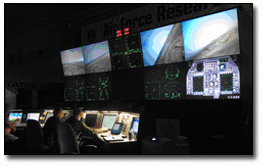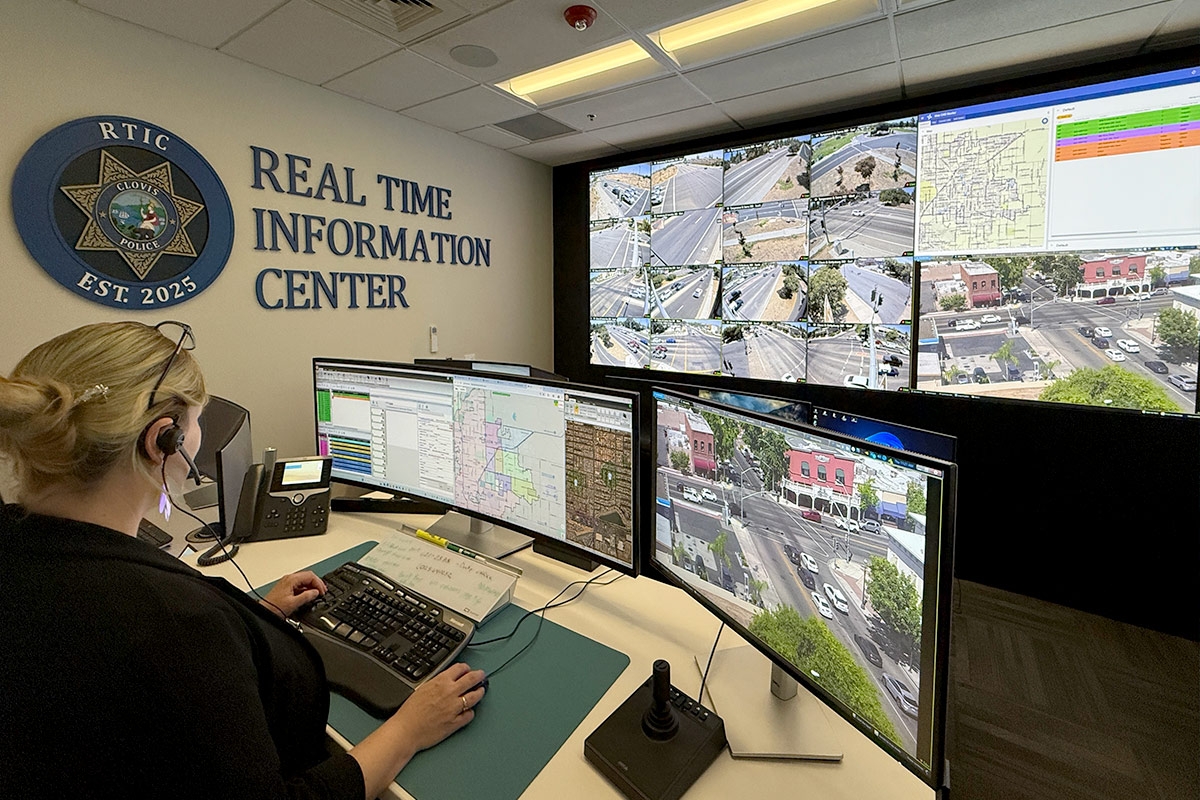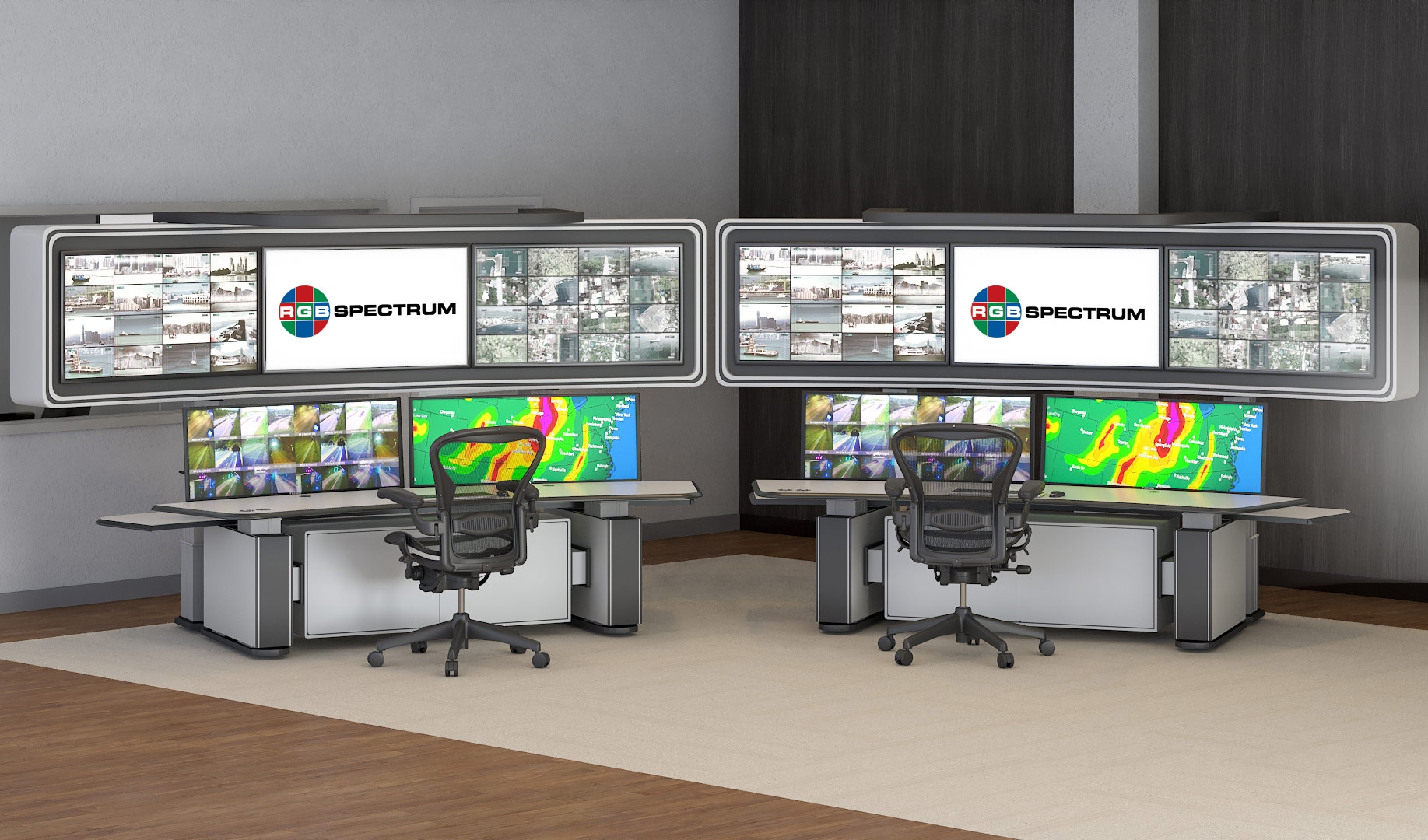Air National Guard Deploys Advanced Multi-Image Display Technology for Aircraft Training Simulators
To maintain air warfighting superiority, the U.S. Air Force's Active Duty, Air National Guard, and Reserves) fleet of aircraft are constantly upgraded with state-of-the-art weapons, radar, and navigational technology. Continuous innovation in the science and technology of combat flying training is essential to keep pilots up with these capabilities. To this end, the U.S. Air Force has embarked on revolutionizing training research and operational initiatives that offer realistic training environments to augment combat training and rehearsal.
The USAF has implemented the Distributed Mission Operating Training Research (DMOTR) program to research, design, and test the latest simulation technologies and learning methods and strategies. The DMOTR program is run by the Air Force Research Lab (AFRL) Warfighter Readiness Research Division in Mesa, Arizona with a multidisciplinary team of government and private contractors. Its mission is to research, demonstrate, and transition leading-edge human performance methods and technologies that provide the Warfighter the necessary knowledge and skills to dominate the decision environment.
According to researchers and engineers at the AFRL, "The F-16 Fighting Falcon is the predominant fighter aircraft used by the U.S. Air Force (Active Duty, Air National Guard, and Reserves). Given this and the multirole capability for this airplane, one of our largest science and technology testbeds is based on the latest configuration and missions for the F-16 aircraft. One of the research program goals is to design and test a realistic strategies and learning methods that would provide combat pilots with more effective tactical training. The distributed mission training research testbed includes four cockpits with a high-fidelity 360 ° field of view which faithfully mimics the actual aircraft. We are also exploring less-than-full-fidelity environments and evaluating how much of what kinds of fidelity are required to train specific combat tasks. We have four of these cockpits as well and they enable us to manipulate the cockpit, tactical, and visual environments to evaluate alternatives and to quantify what those alternatives do to impact training and mission success."
"A key to successful research and application is how we visualize the fight during the research and on post mission debriefings", they further stated. "The actual mission simulations and debriefings are controlled and monitored in the Mission Control room. The challenge designing the displays system for the control room was that we had to accommodate a large number of visual data sources of varying types and centralize them on large screens for real-time viewing. To perform this task, we selected RGB Spectrum's QuadView multi-image display processor. The QuadView processor was the ideal solution for displaying the extensive image content we required."
The QuadView processors support up to 16 switched input sources. The processors are fed an array of high resolution computer imagery, including cockpit instrumentation data displays, navigation, threat assessment, target acquisition, weapons control, and battle damage assessment data, and communication and network IT information between fighter aircraft. The processors consolidate the image sources, up to four per screen, and output them to Barco rear screen projections. Operators can switch image sources, resize, and reposition each image, overlap images, and zoom and pan within each image to focus on a particular area of interest.
Additional feedback from the AFRL is "The QuadView performs admirably. The image quality is excellent, with crisp, readable imagery, down to the finest detail. The QuadView technology makes it finally possible to present intricate data to control center personnel and pilots during debriefings. It is a key component that allows us to provide improved training methodologies."
The Air Force Research Lab (AFRL) Warfighters Readiness Division is located in Mesa, Arizona. Its mission is to research, demonstrate, and transition leading-edge human performance methods and technologies that provide the Warfighter the necessary knowledge and skills to dominate the decision environment. For more information, visit www.mesa.afmc.af.mil.
RGB Spectrum is a leading designer and manufacturer of mission-critical, real-time audio-visual solutions for a civilian, government, and military client base. The company offers integrated hardware, software, and control systems to satisfy the most demanding requirements. Since 1987, RGB Spectrum has been dedicated to helping its customers achieve Better Decisions. Faster.™


